Patra is a popular Gujarati farsan or snack made from Colocasia leaves and one of my favorite Anavil foods. Anavil Brahmins, as I wrote here, are a small community from the coastal plains in south Gujarat. I like to think of our micro cuisine as being distinct from typical Gujarati cuisine, much like Konkani food in Karnataka or Chettinad food in Tamil Nadu. Colocasia plant, in the same family as suran or elephant foot, and also known as taro or elephant ears, originated in India between 7000-2000 BC, according to the food historian, KT Achaya. They grow abundantly in swampy areas, especially in western India. Its root (arbi) and leaves are cooked in various regional cuisines across India. For example, in Maharashtra, a dish called Patal Bhaji is a gravy made with Colocasia leaves, besan, peanuts and spices. In Punjab, arbi ki sabzi is commonly cooked and in the Konkan region, a preparation called pathrode is quite similar to Gujarati patra but made with a paste from rice, dals and coconut.
In the typical Gujarati patra, you smear a besan paste with spices to the leaves, tightly roll them up and steam them. Once steamed, they are sliced and either stir fried with a vaghar of rai and tal seeds, garnished with fresh coconut and fresh coriander leaves or deep fried. In typical Gujarati umami style, the flavors are spicy, sour, and a touch of sweetness from jaggery. These Colocasia leaves are a great source of nutrition, especially Vitamin A.
Anavil patra are quite different, and if I may say so, much superior in taste than the traditional Gujarati ones. It can send us into raptures just thinking or talking about them. And if you have an Anavil friend who politely refuses to eat patra at your home or at a wedding, now you know why.
To understand the differences, you have to go back in time. According to the Anthropology of Food by Dr. Vanisha Nambiar, the Dutch, French, Italians, Germans, Russians, and others visited India as traders, physicians, adventurers, travelers. They often landed in Surat, the entrepot for maritime trade in Mughal western India. These influences intermingled with the wide variety of grains and vegetables grown by the Anavil agriculturists to make their way into Anavil cuisine.
These differences lie in both the ingredients and in the preparation. The flours used are usually a mix of grains and dal – my mom, Rekha Desai, whose recipes Sheetal is featuring in the Anavil series, uses kanki korma (a coarse mix of broken rice and dals), juwar, wheat, and besan. Using these mixed flours increases its nutritional value, while adding texture and a more complex flavor profile. She also uses khatti chhaas (ideally sour buttermilk extracted when making safed makhan or home made white butter) as the souring agent, instead of amli, resulting in melt-in-your-mouth soft patras.
Even within Anavils, the recipes can vary from household to household. For example, the basic patra recipe in the 1964 Anavil cookbook, Pakshastra, uses only kanki korma flour and amli as a souring agent. Meanwhile, my grandmother used the old world approach of grinding her own flour in a small flour mill in her house, a process which my aunt Malvikafoi continues to do today (roast 1 teaspoon each methi & cumin seeds, 3-4 cloves, and 2 sticks cinnamon till lightly brown/ aromatic, then add 2 cups chana dal and 1 cup rice and roast a bit further. Once cool, grind using a dry grinder or Vitamix grain jar). Another aunt, Shaktikaki, uses a mix of besan, juwar, wheat and rice flours, which is slightly different from my mom’s version. Shantafoi, her mother-in-law and my Dad’s foi, taught her to add grated onions especially in uchhalela patra. This further accentuates the sweetness in sharp contrast to the sourness from amli & limbu no ras. Oh and, you will never find garam masalo in Anavil patra ever.
Once these patras are rolled up, they are cooked in numerous different ways: ek top na or uchhalela, vagharela patra (with onions and methi seeds), turiya ma patra, bafela patra, and talela/fried patra. These patra preparations except turiya ma patra are often part of the typical lunch thali with keri no ras or as an afternoon snack with chai. Ek top na or vagharela patra also make excellent picnic food as they taste just as scrumptious at room temperature. Turiya ma patra shows up on the Gujarati thali as a shaak usually combined with kadhi, not dal.
Growing up, when summer arrived, I eagerly awaited patra more than I awaited keri. Most Gujaratis will say their favorite way to eat patra is deep fried. Not mine. Ek top na patra that are crunchy on the outside & soft on the inside, and just delectable when combined with payri no ras, or the anavil style vagharela patra are my favorites since I was little. As I grew older, I started really enjoying turiya ma patra, even though turiya was and still is one of my least favorite veggies. My hometown, Baroda, being a long-term seat of the Gaekwad family also has a significant Maharashtrian influence. Due to this, my mom and my dad’s kaki also made a delicious patal bhaji, another favorite of mine
Where I live in the US, fresh patra leaves are hard to find so I usually settle with Bhagwati’s frozen patra vatas & make Anavil style vagharela patra. When I go home for a visit (usually in winter), my mother will dig through her deep freezer and pull out her special patra na vata that she’s lovingly saved for my next visit and I will devour patras in my three favorite ways.
Here we present to you patra recipes from my mom. They are tried and tasted by Sheetal. I feel blessed to have grown up with my mom’s exceptional cooking talent, and in an Anavil family, full of foodies, and expert aunts like Malvikafoi and Shaktikaki who kindly shared their methods with me for this post. My mom and I also feel very blessed to have this partnership with Sheetal. May these unique flavors bring some joy and extra flavor in your life too.
Bon Appetit!
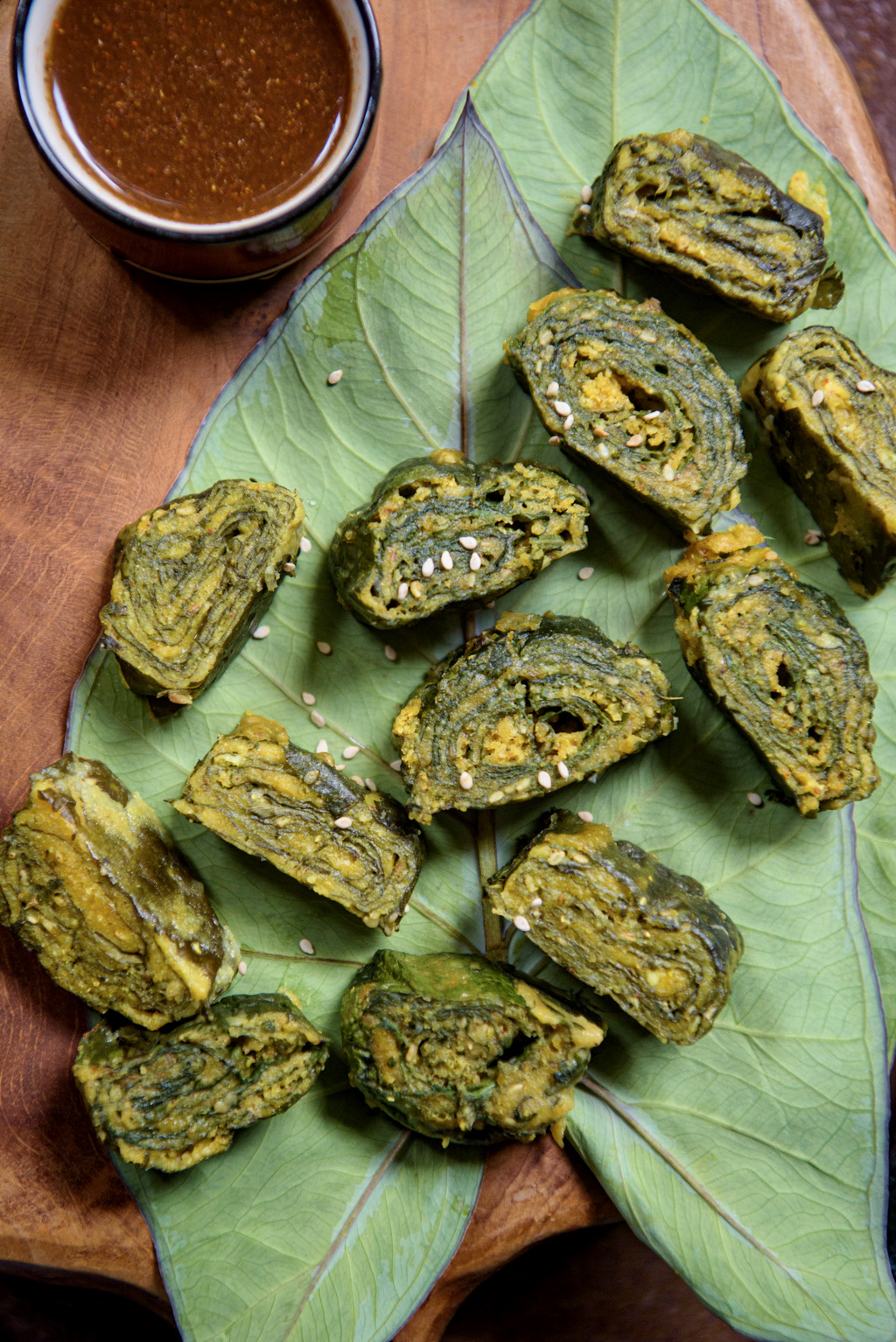
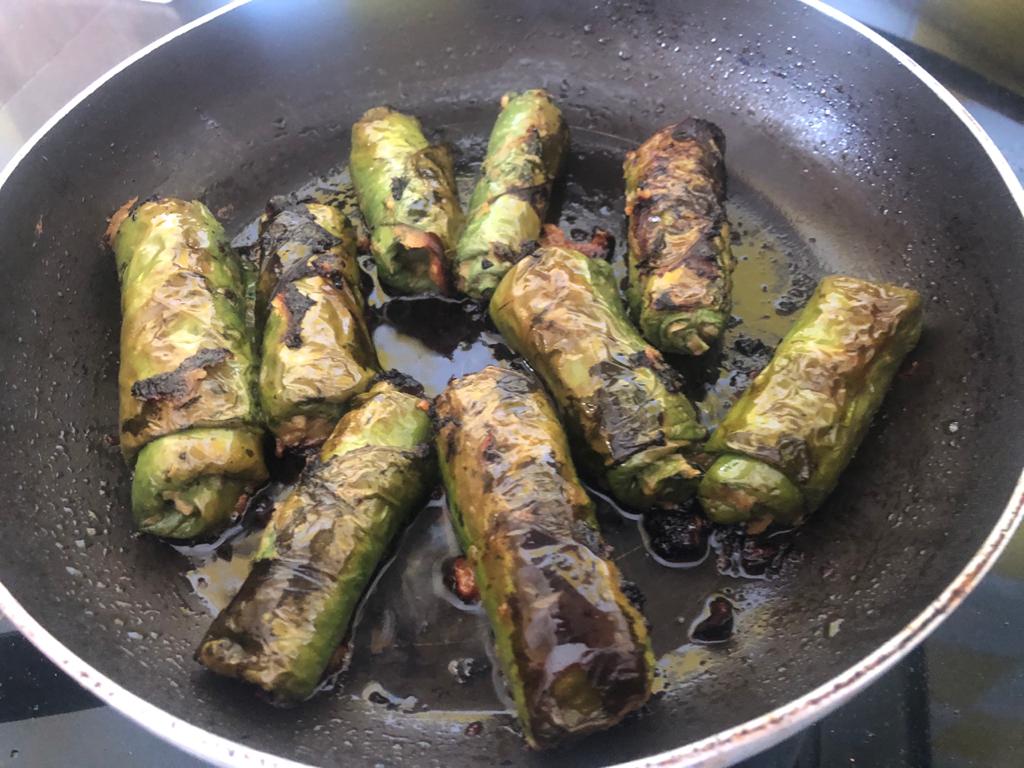
Ek Top Na Patra/Uchhlela Patra
In Gujarati, Top means tapeli/patili/saucepan and Ek Top na Patra are Patra that are not steamed but cooked in a skilled or saucepan. After you have rolled the patra, choose the smaller logs to cook as Ek Top na Patra. In a wide bottom skillet heat 2-3 tablespoons of oil. Arrange few Patra logs over the hot oil, ensure there is enough space between the logs so that the can be shaken and flipped. Cover and cook on a slow flame. Flip as they begin to crisp up on each side. They are done once they take up beautiful brown colour on each side. Ek Top na Patra are crisp outside and soft inside. Serve warm with lemon juice squeezed over it.
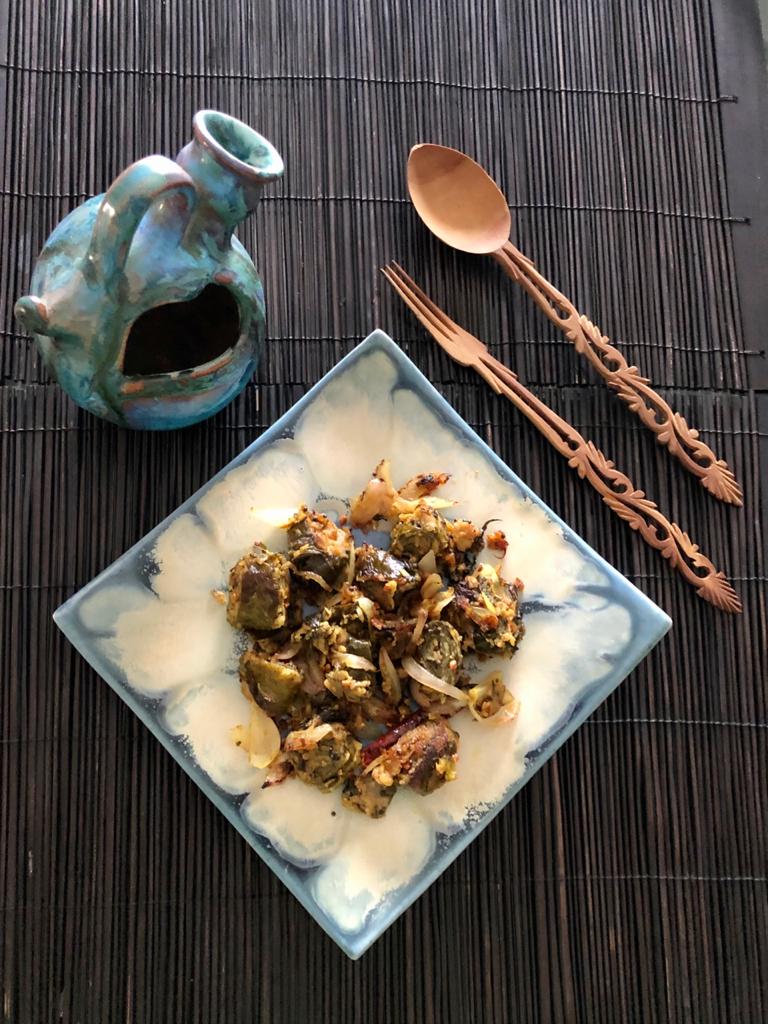
Vagharela Patra
Once the Patra are steamed and cooled, you can temper them using the following method. Tempering Patra works best when the steamed logs are a day old. They taste even better as the flavours mature.
Slice 3-4 steamed Patra logs into 1/2 inch slices. Cut one large onion into thin slices. In a kadai, heat 2-3 tablespoons of oil, once the oil heats up add 2 teaspoons of methi/fenugreek seeds, 2 dry red chillies, 1/4 teaspoon hing and sliced onions. Sauté the onions for a couple of minutes, add 1/2 teaspoon turmeric, 1 teaspoon red chilli powder, salt to taste and 2 teaspoon jaggery. Mix well, add the sliced patra once jaggery melts. Stir them couple of times as you allow them to crisp up a little.
Serve garnished with coriander and a lemon slice on the side.
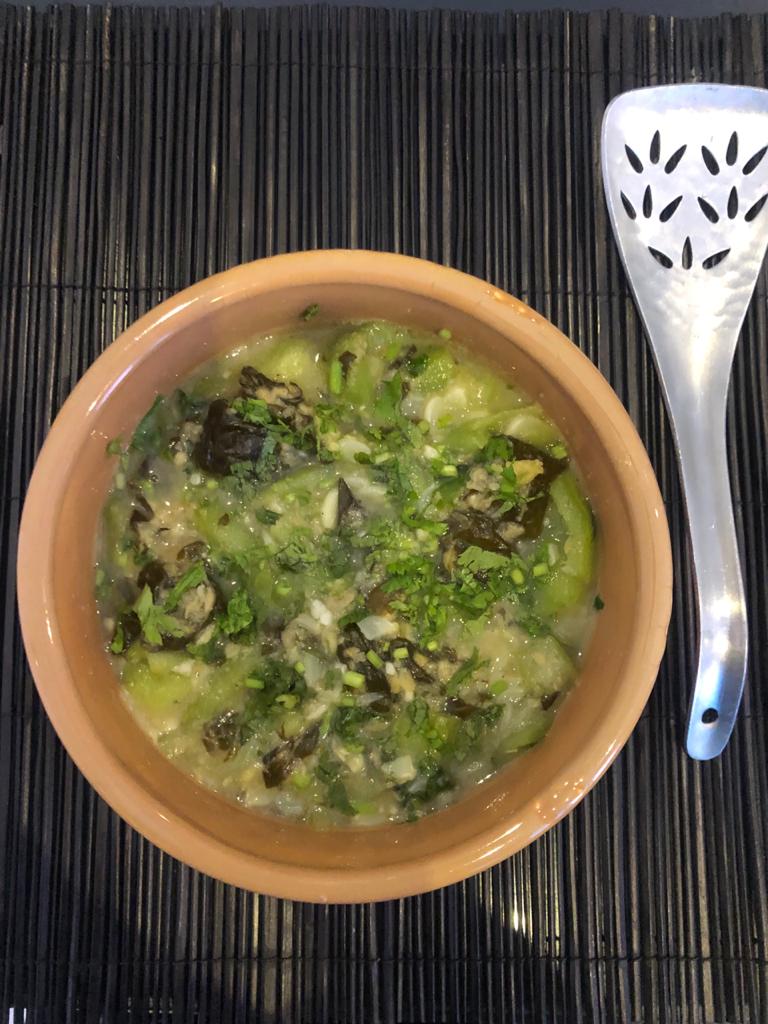
Turiya Patra / Patra in Ridge Gourd Curry
Take 4 long, slender and stiff turiya/ridge gourds. Peel them, taste them to check their bitterness. Discard bitter ridge gourds. In a bowl full of water, cut the gourds in 1 inch batons. In a Kadai or wide mouth saucepan, heat 2 tablespoons of oil. Add 1/2 teaspoon hing/asafoetida. Add the chopped and drained turiya. Stir the turiya well so that they coat with oil. After couple of minutes into the cook, add a ladle full of water (1/3 cup), do not add more water as turiya will release lot of moisture. Now add 1.5 teaspoon ginger+chilli paste and 1/5 teaspoon garlic paste and salt to taste. Once the turiya are almost cooked add 1 teaspoon sugar and 2 tablespoons of chopped coriander. While the Turiya are cooking slice 2 logs of patra in 3/4 inch slices. Take a broad pan, heat a teaspoon of oil and sauté the patra slices for couple of minutes. Add the sautéed slices to the cooked Turiya. Mix well. Cook for a minute, add additional 2 tablespoons of coriander and turn off the flame, cover and let the Turiya-Patra shaak rest for a while. Serve warm with Rotli.
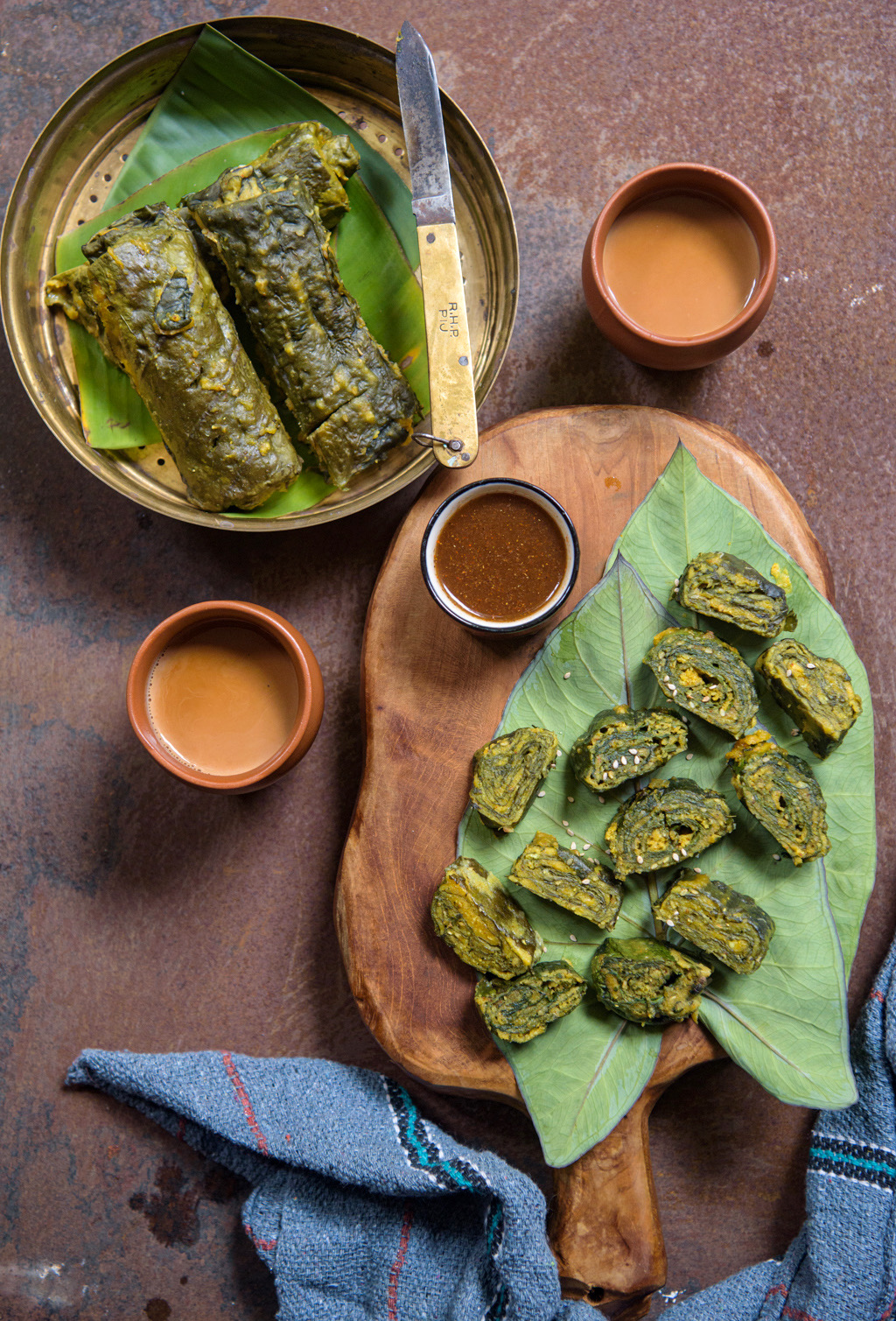
Patra
Ingredients
- 350 grams patter vel na paan/colocassia leaves, select smaller and tender ones.
- 3/4 cup juwar flour/sorghum flour
- 3/4 cup kanki kormu flour (see notes)
- 1/2 cup besan flour/chickpea flour
- 1/2 cup atta/ whole wheat flour
- 4 teaspoons garlic paste
- 4 teaspoons ginger-green chilli paste
- 3 tablespoons oil
- 1 teaspoon hing/asafedetia
- 1/2 teaspoon haldi/turmeric powder
- 1.5 teaspoon red chilli powder (adjust according to your preferance)
- 1 cup chaash/sour buttermilk (check notes for options)
- 3-4 tablespoons jaggery, grated
- 4 tablespoon sesame seeds, roasted and roughly pounded
- 3 teaspoons cumin seeds, roasted and roughly pounded
- 1 large ripe banana
- 1/4 teaspoon soda-bi-carb
- salt to taste
Instructions
Wash, wipe dry (with a soft muslin cloth) and destem each patra leaf/ colocassia leaves. Carefully remove all the thick stems using a sharp knife.
To prepare the batter, in a large bowl mix the flours, add the dry ingredients (except salt and soda-bi-carb), garlic, ginger and chilli paste. Mix well.
Add the oil and massage it well into the the flour+spice mix.
Mash in the ripe banana.
Add the chaash to the mix, add the grated jaggery to balance the sourness from the chaash. We are aiming for idli batter consistency for the patra batter hence, if needed add a little more chaash.
Using your hands or a wide ladle mix the batter well. Add salt to taste and blend it well.
Cover and allow the batter to rest for 30 minutes. This will allow the flavours to develop and blend well.
Just before you prepare to spread the batter on the colocassia leaves add the soda-bi-carb and mix very well.
On a clean flat surface, place the patra leaf, light green side facing upward, smear the batter all over the leaf. Now place a smaller leaf again with the light green side facing upward and the tip of the leaf on the opposite side of the bottom leaf. Smear the batter over it, fold inwards the bottom tips of the leaf so that it sticks with the smeared batter, fold in the sides of the leaves and roll lengthwise into a tight roll (like a swissroll). Secure the roll with some more batter spread over the tip and side.
Repeat the above step until you have finished the leaves or the batter.
Prepare a steamer, smear the steaming plate with some oil.
Once the water comes to rolling boil, neatly arrange the patra rolls over the steamer plate and steam for 20-25 minutes or until a knife inserted in the steamed patra comes out clean.
Allow the Patra to cool completely before you slice them into 1/2 inch thick slices.
Enjoy them steamed or proceed to make Vagharela Patra/tempered patra or deep fried patra.
If serving steamed, drizzle patra with some oil and lemon juice while serving.
Notes
if you do not have chaash, soak 1 tablespoons of tamarind in 1/2 cup water, squeeze and strain the water. Add this water to the batter. Proceed to prepare the batter using water instead of chaash. the Kanki Korma flour for the recipe is shared in bold in the write-up. If making Patra seems like too much of work, you may wash, dry and wipe and de-stem the Patra leaves a day before, roll them in cloth and keep them in the refrigerator. Similarly prepare the batter but do not add ginger+garlic+chilli paste and banana. You can store the batter in refrigerator and add the ginger, garlic, chilli and banana when you are ready to use it. This will not compromise the taste of Patra. Always remember, the batter for Patra should be bursting with flavours as it will mellow down a little once the Patra add on to it.


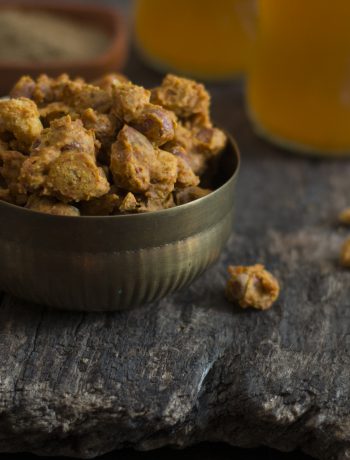
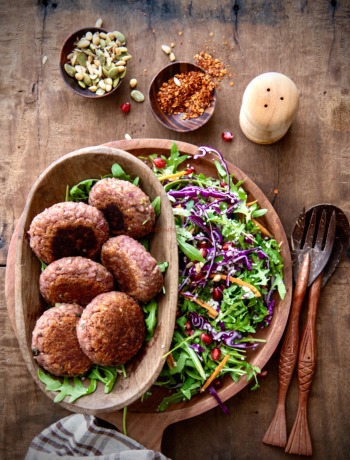
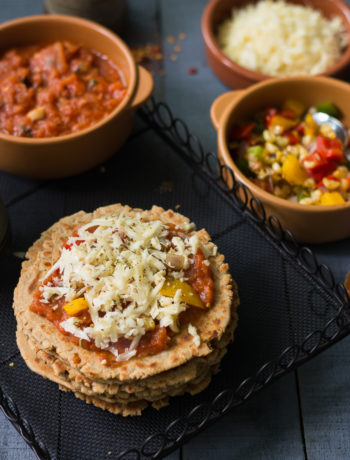
5 Comments
Shweta
July 16, 2021 at 2:32 pmBeautiful recipe. Anavil food is really different from the regular gujarati food. But can we do away with the banana?
Would it not be a really acquired taste?
Sheetal
July 16, 2021 at 11:23 pmI too was apprehensive about banana, but it was quite a revelation. It added a very pleasing flavor to the Patras. I am sure you’ll love it. I was never a patra fan but these have converted me into one…
ashok
August 10, 2021 at 12:49 pmThanks For Sharing this amazing recipe. My family loved it. I will be sharing this recipe with my friends. Hope the will like it.
Sheetal
September 10, 2021 at 7:24 amHello Ashok,
Thank you so much for trying the recipe, we are glad you loved it.
How a futile rhubarb pilgrimage ended in a patra epiphany at Prashad - Neil Sowerby
January 9, 2024 at 11:19 pm[…] for the in-depth discussion of the Patra tradition in Sheetal and Rinkal’s Gujarati food blog Route2roots. It acknowledges that colocasia is a staple across the sub-continent but achieves its apogee in the […]